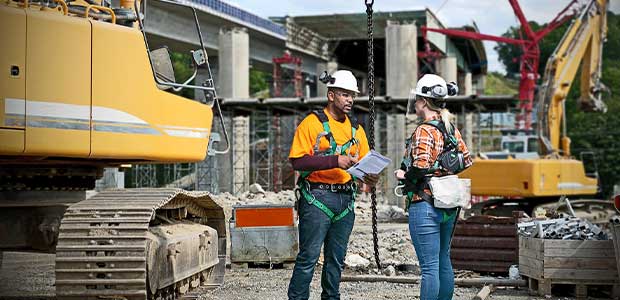
Six Tips for Where, When and How to Choose and Use Self-Retracting Lifelines
SRLs are designed to help you focus on the job, not the PPE.
- By Dennis Capizzi
- Sep 01, 2022
For many workers, working on top of an elevated surface or structure is a daily actuality or eventuality. It’s also some of the most hazardous work on the planet.
Despite efforts to raise awareness of the inherent danger of at-height work and the continual training of workers on safety best practices, falls from elevation are still the leading cause of death for construction employees. In 2020, more than one in five workplace deaths occurred in the construction industry. Just over one-third of the deaths in this industry were due to falls, slips and trips and were almost entirely from falls to a lower level.
Such numbers bring awareness to the importance of selecting appropriate fall arrest solutions. Here are six tips for where, when and how self-retracting lifelines (SRLs) should be deployed for vertical fall arrest protection.
Understanding the Hierarchy of Fall Protection
Safety advancement is already in the works, of course, with many employers taking their safety programs to the next level. Next-level safety planning should include an understanding of the hierarchy of fall protection.
The following four-part hierarchy is a recommended starting point to determine which approach and fall protection system is best for the job and the worker.
Elimination. Obviously, this is the preferred solution to all fall hazards. Although elimination is not always possible, don’t overlook the fact that there is some control in identifying potential hazards and adjusting processes and procedures accordingly.
Passive Fall Protection. This involves the use of physical barriers, such as guardrails, around unprotected edges. OSHA recommends in 29 CFR 1926.502(j)(5) that guardrail systems be used to prevent falling objects that can pose a hazard to workers.
Fall Restraint Systems. Using PPE to restrict the worker’s range of access, fall restraint systems are erected in an attempt to prevent the worker from physically traveling to the fall hazard.
This article originally appeared in the September 1, 2022 issue of Occupational Health & Safety.